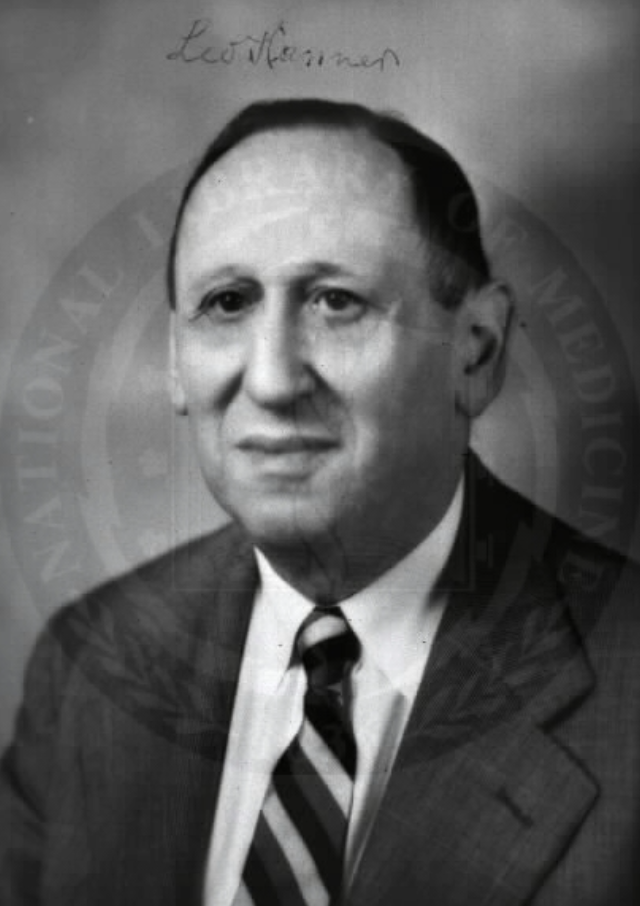April is World Autism Awareness Month. Early this year, the CDC announced that one in 36 children is diagnosed with Autism. This is up from 1 in 44 children diagnosed in 2017. As the population of people with Autism is growing, it’s important we understand the unique circumstances people living with Autism face. Currently, over 7 million people in the U.S. are on the Autism spectrum.
Autism or Autism Spectrum Disorder (ASD) encompasses a broad range of conditions that lead to challenges in repetitive behaviors, auditory sensitivities, speech and nonverbal communication, and social skills. It is caused by a combination of genetics and environmental factors. There is no medical test, such as a brain scan or blood test, to determine if someone has Autism. A diagnosis is made once the person’s social interactions, communication skills, developmental milestones, and activities are assessed by a professional. Each person with Autism has diverse strengths and challenges. There is not just one type of Autism, but a diverse spectrum of types. For this reason, we must work together to create education, work, and independent living opportunities that are inclusive of the entire Autism spectrum.
Living with Autism
On March 31, 2023, President Joe Biden declared, “We owe it to our fellow Americans to address the disparities they face and to support autistic people with tools that facilitate clearer communication, increased productivity, and greater independence.”
Many of the disparities President Biden referred to are severe. For families that have a child with Autism, it can be difficult to manage the emotional and behavioral challenges their child faces.
- An estimated 25 to 30 percent of people with Autism are nonverbal or minimally verbal (they have less than 30 words in their vocabulary).
- Almost two-thirds of children with Autism between the ages of 6 to 15-years-old have been bullied.
- It is estimated that 30 to 61 percent of children with Autism also have Attention Deficit Hyperactivity Disorder (ADHD).
- Anxiety disorders affect an estimated 11 to 40 percent of children and teens with Autism.
- On average, it costs around $60,000 extra to care for a child with Autism, with the majority of that cost going towards special services and lost wages due to higher care demands placed on parents.

A boy with a smartphone and headphones listening to music outdoors inside a circular wooden structure. He is wearing jean shorts and a patterned shirt.
As a person with Autism grows, they face different challenges in adulthood. Over the next decade, up to a million teenagers with Autism will enter adulthood and age out of school-based Autism services. As an adult with Autism, they are at higher risk for poverty, depression, and general health issues.
- One in five young adults with Autism will have an interaction with the police before the age of 21.
- People with disabilities, which includes people with Autism, are five times more likely to be incarcerated than people without disabilities.
- Up to 85 percent of college-educated adults with Autism are unemployed.
- Over 70 percent of adults with Autism are underemployed or unemployed.
A Brief History of Autism

Dr. Leo Kanner. Image Description: Dr. Leo Kanner, seen in a black and white photo from the chest up. He is wearing a suit with a striped tie and has short dark hair.
Though these are daunting statistics, accessibility to services and education has improved for people with Autism over the years. Prior to the 20th Century, the diagnosis of ASD did not even exist. People with Autism were often considered to have psychosis or an intellectual disability and were institutionalized (You can read about this in our previous article about the history of people with IDD). It was only in 1943 that a doctor named Leo Kanner observed different behaviors in a group of children thought to be “mentally retarded.” He saw that they had difficulty developing speech, little or no interaction with their peers, and ritualized and repetitive behavior at the exclusion of other activities. He recognized that this behavior did not fit into the then-current definition of “mental retardation.”
That year, he published a paper titled “Autistic Disturbances of Affective Contact” where he used the term “infantile autism.” His paper was notable because it described the markers of Autism as being there from birth, pointing to a genetic component. However, he ended his paper by noting that there was a lack of warmth between the parents and children he studied. He used the term “refrigerator parent”, and implied that a lack of nurturance from parents and the trauma of this caused the child to retreat into Autism. Parents of children on the spectrum grappled with this false accusation for decades before it was finally proven wrong.
In Vienna, a pediatrician named Hans Asperger was also observing a group of children. But instead of witnessing difficulty in developing speech, these kids spoke clearly and exhibited high levels of intelligence in specific areas. In 1944 he published a paper describing his findings in German. His paper remained unknown to the English-speaking world until it was republished in 1981 by Lorna Wing in Psychological Medicine. In the paper, she used the term “Asperger’s Syndrome,” which is a form of Autism that is on the high-functioning end of the spectrum. That term is no longer used today due to its similarity to the general diagnosis of Autism. It was a blending of the work of these two men that birthed the understanding of Autism as a spectrum we know today.
In 1975, the Education for All Handicapped Children Act, which was later renamed the Individuals with Disabilities Education Act, or IDEA, was passed. As we spoke about in our previous article, this act finally mandated the free use of public education in nonrestrictive environments and the use of individual education plans. This opened the doors for kids with ASD to join their peers in public school and receive an education tailored to their personal needs, instead of being segregated from society.
For people with Autism, as well as all people with disabilities, the most monumental step towards acceptance and equality came with the Americans With Disabilities Act that passed in 1990. This wrote into law equal rights for all people with disabilities, including people with ASD.
Moving Forward Today

President Donald Trump holds up the signed Autism CARES Act in 2019. Image Description: Trump is seated at a desk and can be seen from the waist up. He is wearing a black suit and a red-striped tie. He is smiling, looking at the camera. He has blond short hair. Behind him is a window with yellow curtains, and a partial view of a flag.
In 2019, the Autism CARES Act was passed. This Act reauthorized and expanded the provisions first introduced in the Combating Autism Act of 2006. Because of the Autism CARES Act, over $3.1 billion has been dedicated for Autism to the National Institutes of Health (NIH), the Centers for Disease Control and Prevention (CDC), and the Health Resources and Services Administration (HRSA). Because of Autism CARES, scientific developments have:
- Set a reliable diagnosis age of 18 to 24 months
- Established that timely interventions make a lifetime of difference
- Identified co-morbidities
- Increased understanding of biological causes of Autism
- Identified genes and possible medication targets
- Developed early-career Autism researchers
The 2019 Autism CARES Act has authorized $369.6 million per year for the 2019-2024 period. This extra funding will expand government programs to serve people with Autism throughout their entire lifespan, instead of just being restricted to children as services had been in the past. It also expands the Interagency Autism Coordinating Committee (IACC). This committee is made up of experts who are empowered to advise policymakers and government agencies on federal Autism initiatives based on current research.
On April 2, 2023, which is World Autism Awareness Day, the United Nations released this statement:
“We are moving away from the narrative of curing or converting autistic people and instead focusing on accepting, supporting, and including autistic people, and advocating for their rights. This is a major transformation for all autistic people, their allies, the wider neurodiversity community, and the world at large. It enables autistic people to claim their dignity and self-esteem, and to become fully integrated as valued members of their families and societies.”
Today, Autism is no longer a stigma but is more accepted as a relatively widespread aspect of neurodiversity in modern society. There are many well-known, successful people in society today that have Autism. Albert Einstein is now considered to have had Autism. Tim Burton, the famous movie maker, is also on the spectrum. As is Temple Grandin, Dan Aykroyd, and Anthony Hopkins to name a few. As we grow as a society, offering more inclusion, opportunity, and accessibility, we will see more and more amazing people join this list as limitations fade into the limitless potential for people with ASD.





